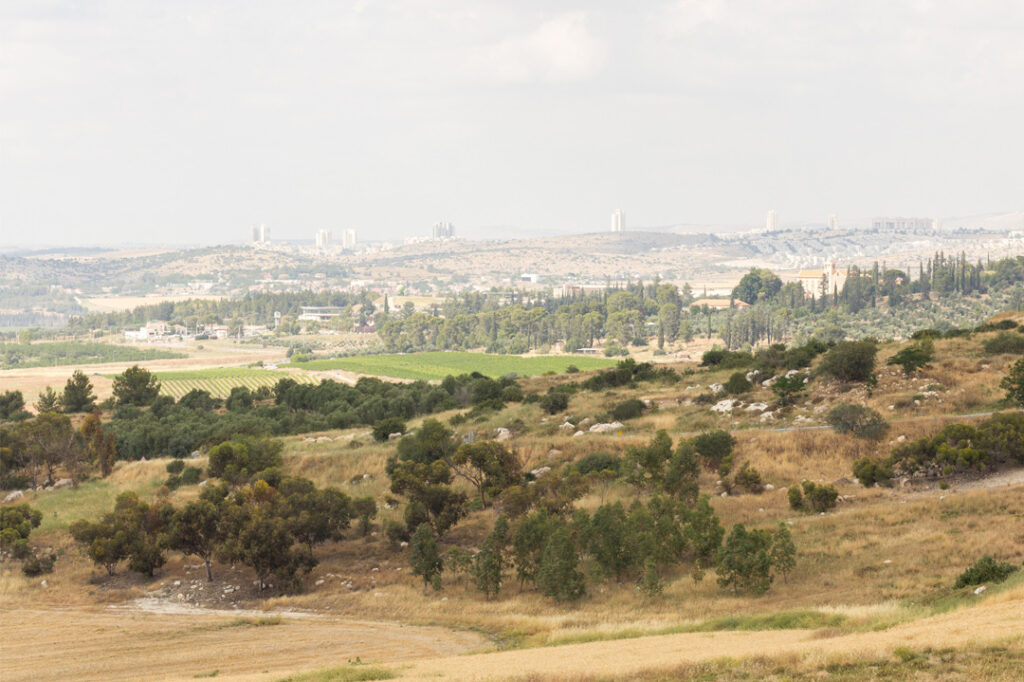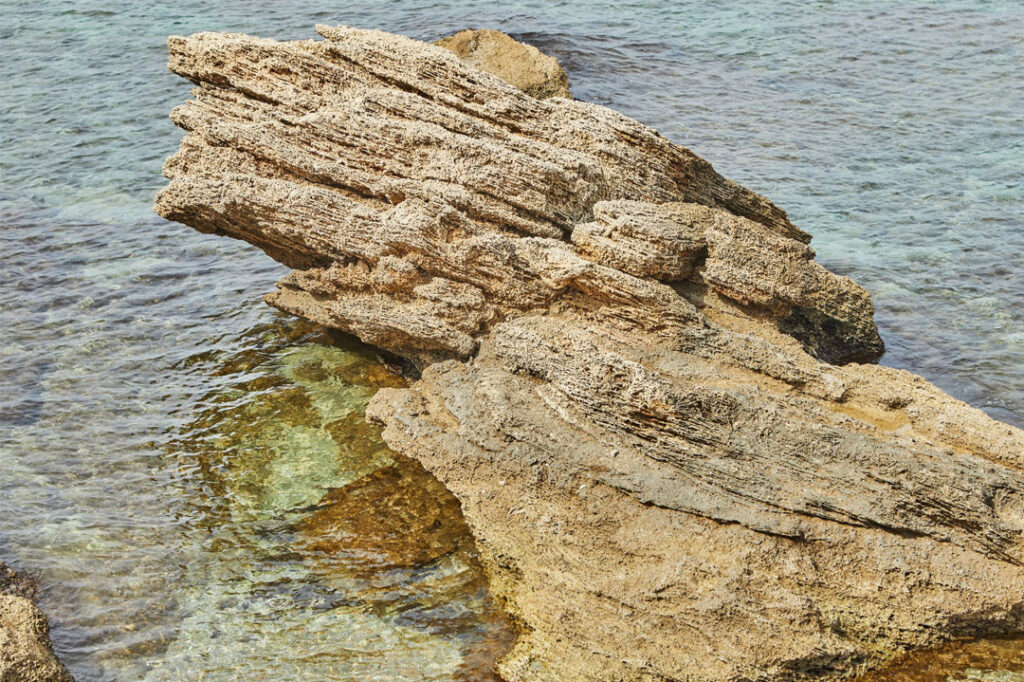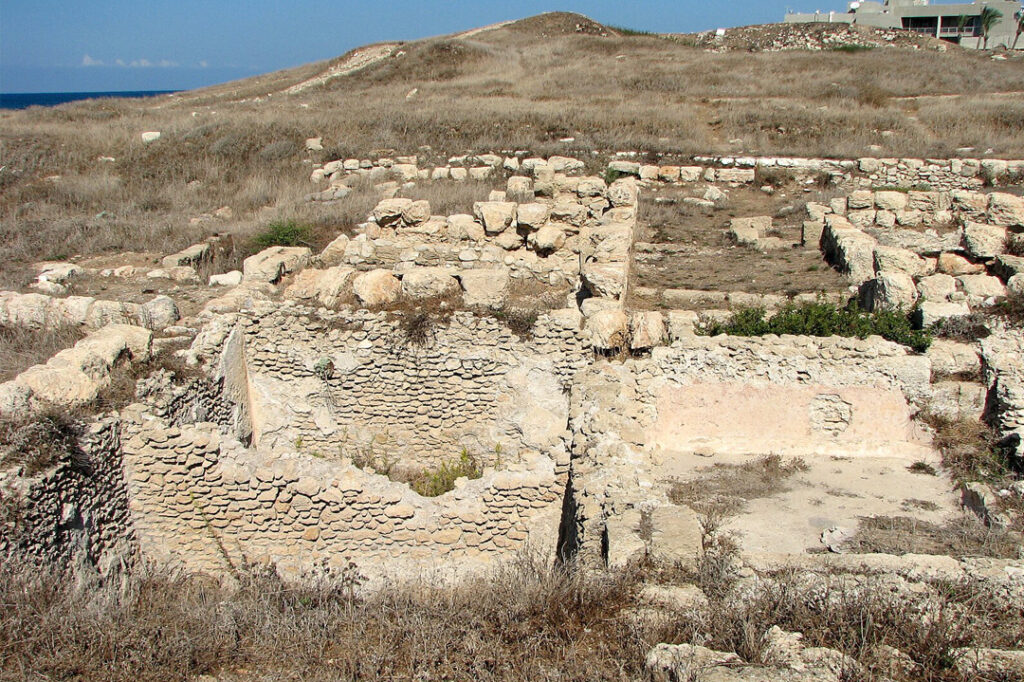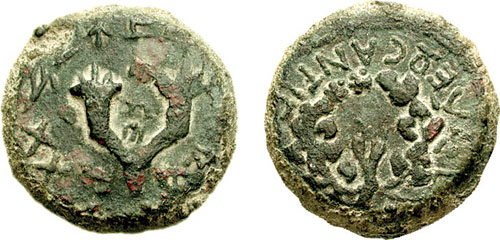3,000-year-old Haifa factory Prepared Holy Temple objects from snail guts
Remains of industrial buildings on the site, which were probably used to create the argaman color (Photo: Wikipedia, CC BY-SA 3.0)
At the time of the Holy Temple in Jerusalem, curtains and priestly robes were famously purple, and researchers recently traced the factory that produced them 3,000 years ago.
A bustling dye factory on the shores of modern-day Haifa meticulously processed sea snails to extract their rich scarlet, purple, and sapphire pigments. These humble mollusks, commonly known as rock snails or murex, held within them the secret to creating the coveted purple dye that would adorn curtains, robes, and the regal elite of ancient Jerusalem.
The color, known as argaman (purple) and techelet (blue) in the Hebrew Bible, was extracted from a gland within the rock snails, and it has an intensity that could endure for millennia. Yes, that’s right – fibers dyed three millennia ago have retained their vibrant allure to this day!
This revelation, freshly brought to light at the Tel Shiqmona site, paints a vivid picture of how the Israelites might have asserted their power over the dye factory, perhaps even wresting it from the Phoenicians. The goal? To harness the power of this luxurious dye, not just for its color but for the wealth it could create for their burgeoning empire.
See the new discovery here.
Rare Coin from Last Hasmonean King Seized in Police Raid
In the heart of East Jerusalem, a hidden trove of history has come to light. In an overnight operation, police recovered a collection of ancient coins, revealing a vivid mosaic of times long gone. These coins, suspected to have been illegally excavated, hold within them stories of empires, rulers, and an elusive connection to our past.
Among these fragments of time is a coin that stands out, dating back over 2,000 years to the reign of the last Hasmonean king of Judea, Antigonus Mattathias II. The coin is more than a simple currency – it’s a relic that whispers tales of power and heritage. Minted from bronze, it features a cornucopia – a symbol of abundance – with a Hebrew inscription that reads “Mattia Kohen Gadol,” denoting his royal status as a Hasmonean king and High Priest. On the other side, a Greek inscription is encircled by a wreath, a testament to the merging of cultures.
But these coins aren’t just about their design; they are relics of craftsmanship and history. Mattathias’s coins hold secrets of their creation. Before being stamped with intricate designs, they were cast in double limestone molds, resulting in a coin that seems like two seamlessly fused together. This distinctive technique sets these coins apart.
Here is the seized coin.
As these relics find their way back into the hands of those who study them, they serve as a testament to the unending pursuit of history’s hidden truths, even if it means traveling through time to uncover them.














